It is of immense importance that legal boundaries are clearly drawn and that documentation of crucial historical events is published unblemished.
By Dr. Louis Mbua for The Independentist.
As elections in La République du Cameroun draw close, it is of immense importance that legal boundaries are clearly drawn and that documentation of crucial historical events is published unblemished.
We know that on 1 October 1960, the Queen of the United Kingdom promulgated the Southern Cameroons Order in Council — a constitution legally approved by the UK Parliament — specifically to separate and distinguish the Southern Cameroons from Nigeria, whose independence was proclaimed on that same day.
This was not an administrative accident. It was a deliberate act because Southern Cameroons was a separate United Nations Trust Territory under British administration; a distinct region within the Nigerian federation, governed under a different international mandate. Its political destiny was to be decided separately. Contrary to popular misconceptions and official propaganda, it was never legally part of Nigeria or of French Cameroun.
This legal step formed part of a structured process of preparing the Southern Cameroons for independence under international supervision, in line with Article 76(b) of the UN Charter. Its trajectory differed fundamentally from that of Nigeria.
Then came the UN-supervised plebiscite on 11 February 1961. The people of Southern Cameroons — which subsequently became the West Cameroon State — after careful debate and extensive public discussion, voted to achieve independence by joining the Cameroon Federation, alongside La République du Cameroun (LRC), which became the East Cameroon State.
It was not a vote for annexation. It was not a vote for absorption. It was explicitly presented as a vote to form a federation of two equal states, as reflected in the plebiscite question approved by the UN General Assembly in Resolution 1352 (XIV) of 1959 and confirmed in Resolution 1608 (XV) of 21 April 1961.
The United Nations General Assembly Resolution 1608 (XV) called for a tripartite conference between the Governments of the United Kingdom, Southern Cameroons, and La République du Cameroun to agree on the terms of the federation, ensuring that both states entered the union as equals. This conference, however, was never convened. Despite this procedural gap, the federation was declared on 1 October 1961, which the United Nations has consistently recognised as Southern Cameroons’ Independence Day — the day it ceased to be a Trust Territory and joined a federation of two sovereign entities.
From 1961 to 1972, the internationally recognised status of the territory was that of The Federal Republic of Cameroon — a federation composed of West Cameroon (Southern Cameroons) and East Cameroon (La République du Cameroun), the latter having attained independence on 1 January 1960. This is the legal and historical framework preserved in United Nations archives, diplomatic correspondence, and contemporary treaties.
The 1972 “referendum” and the subsequent “one and indivisible state” proclamations of 20 May were unilateral acts by President Ahmadou Ahidjo. They were contrary to the federal constitution, which required the consent of both federated states for constitutional change, and were undertaken without international supervision. While the government in Yaoundé has argued that the referendum expressed “the national will” to unify into a unitary state, this position is not supported by the applicable legal instruments:
There was no provision in the 1961 Federal Constitution for dissolving the federation through a simple national referendum.
The UN had not delegated to La République du Cameroun the power to unilaterally modify the international status of the former Trust Territory.
The UK, as the administering authority, and the UN Trusteeship Council were not parties to this change.
For these reasons, the 1972 acts were illegal under international law, unconstitutional domestically, and diplomatically inconsequential. Neither President Ahidjo, President Paul Biya, nor any successor authority possesses the legal power to override a UN-supervised plebiscite. Only the people of Southern Cameroons have the inalienable right to determine their political destiny.
Here lies the root of the current conflict — a protracted territorial and constitutional dispute stemming from the non-implementation and later unilateral dismantling of the agreed federal arrangement. Over the past decade, this has evolved into an armed conflict marked by repression, large-scale displacement, and allegations of serious human rights violations.
From an economic perspective, La République du Cameroun continues to extract natural resources from Southern Cameroons without the consent of its population, including oil, timber, and cocoa, often in partnership with foreign companies. The revenues disproportionately benefit a narrow political elite and entrench systemic inequality, rather than supporting the development of the territory itself. This situation, many legal scholars argue, constitutes a continuation of colonial economic structures under a different sovereign label.
This is not merely a political dispute; it is a legal, historical, and moral question. The Southern Cameroons’ pursuit of self-determination is grounded in the principles of the UN Charter, the Trusteeship system, and customary international law. Lasting peace and stability will require recognition of these legal foundations, not their erasure, and a credible international framework to address outstanding questions of sovereignty, governance, and accountability.
Dr. Louis Mbua





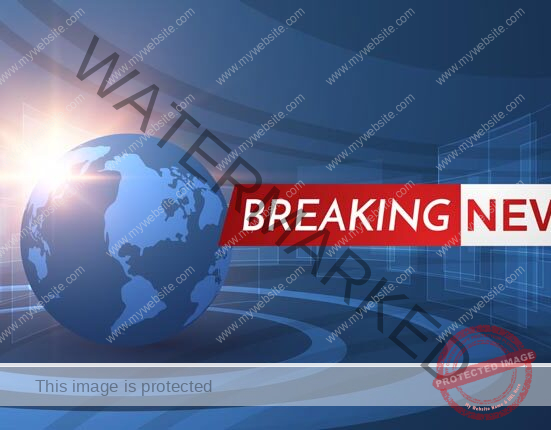

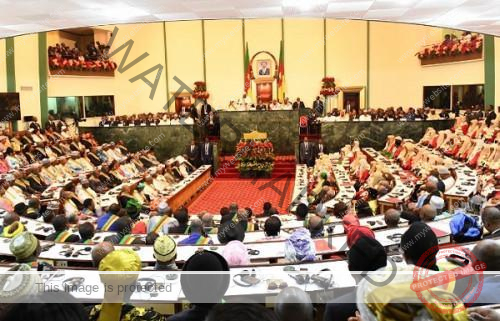
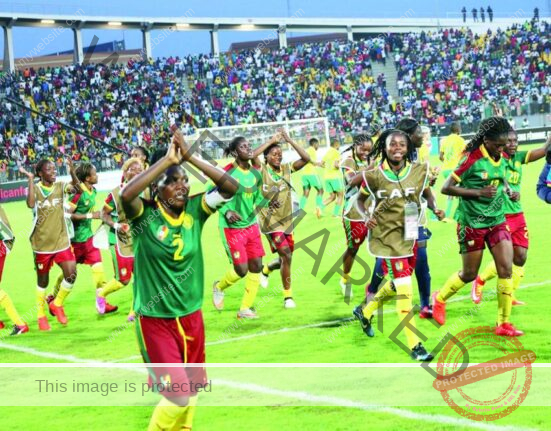




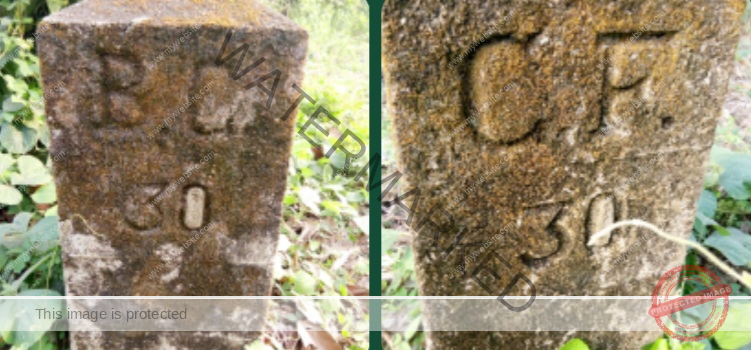
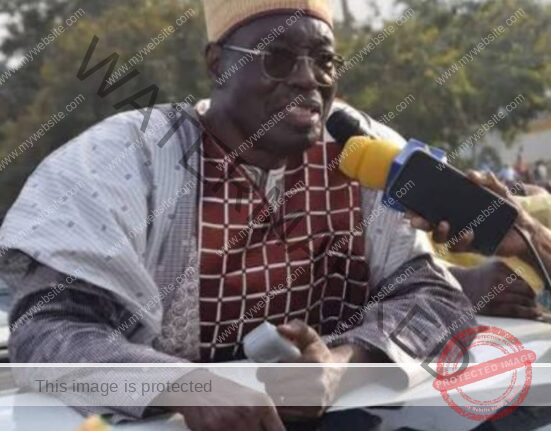
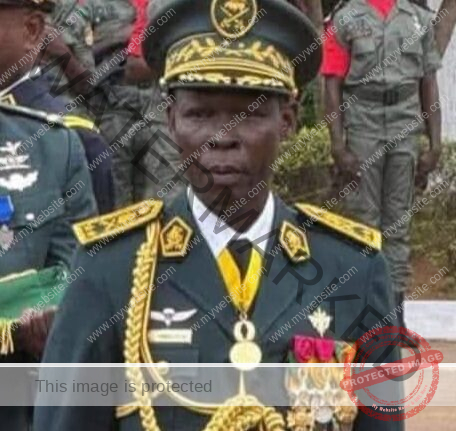
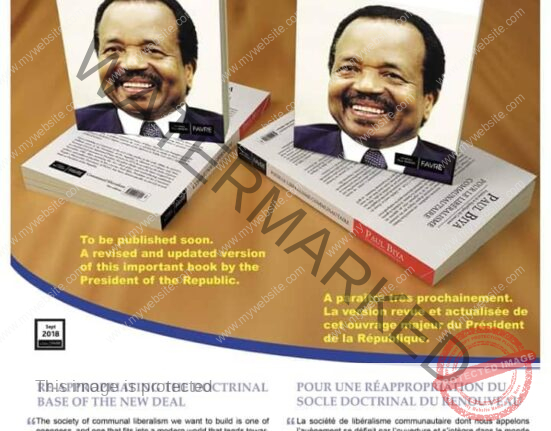
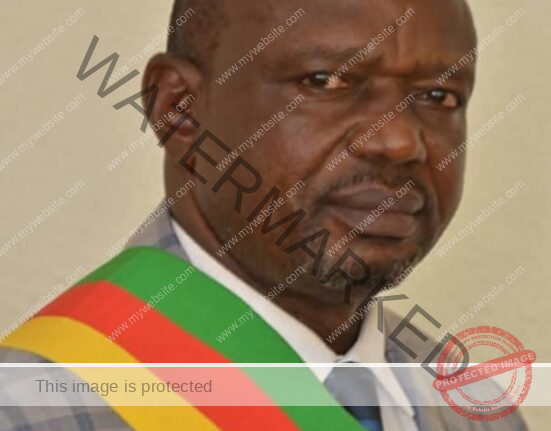
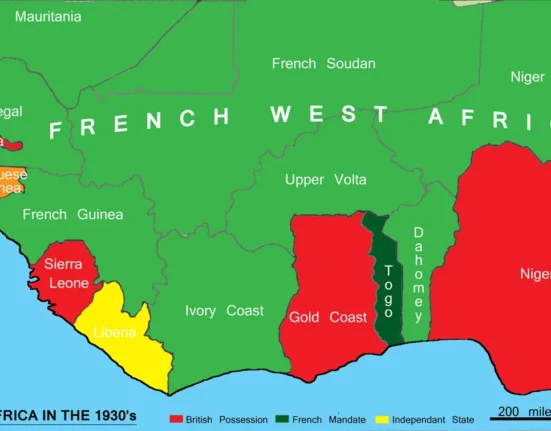
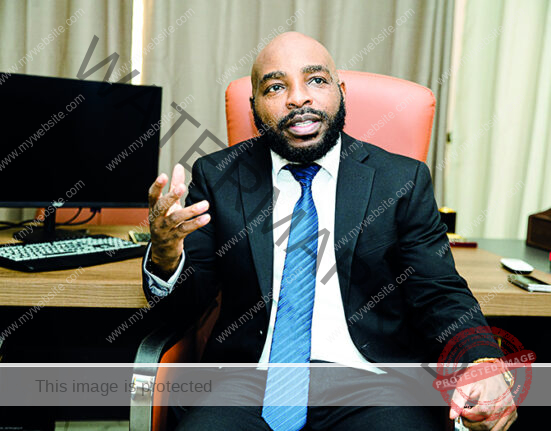

Leave feedback about this